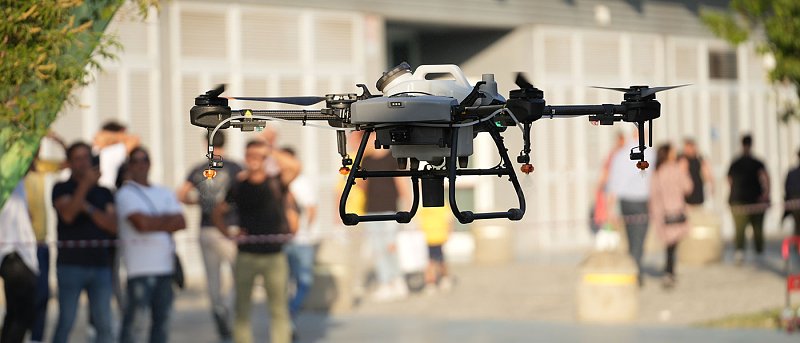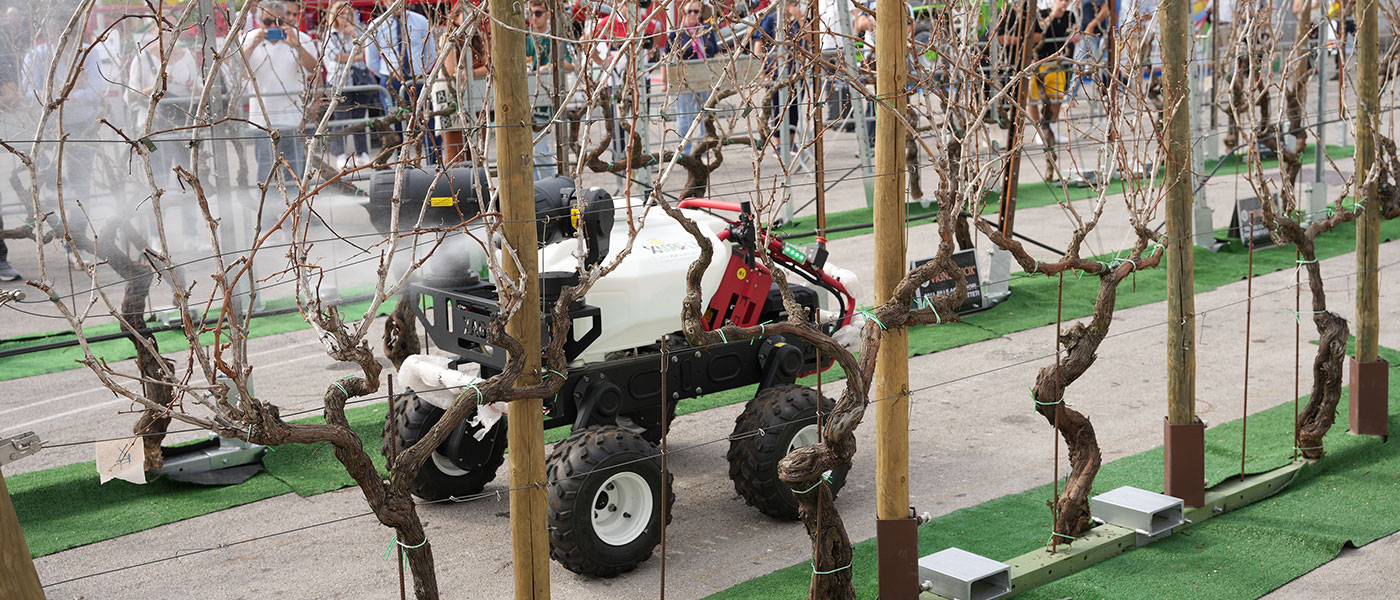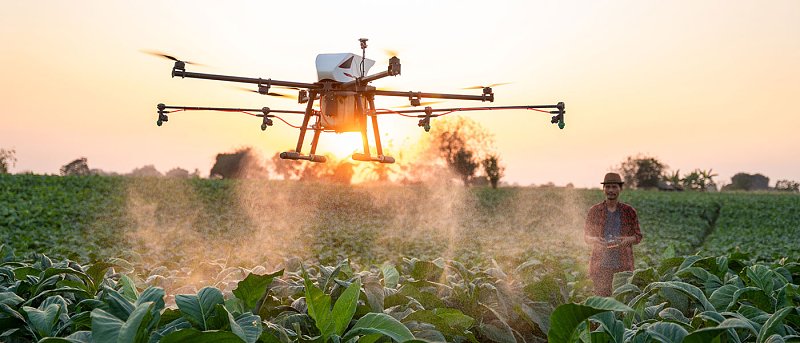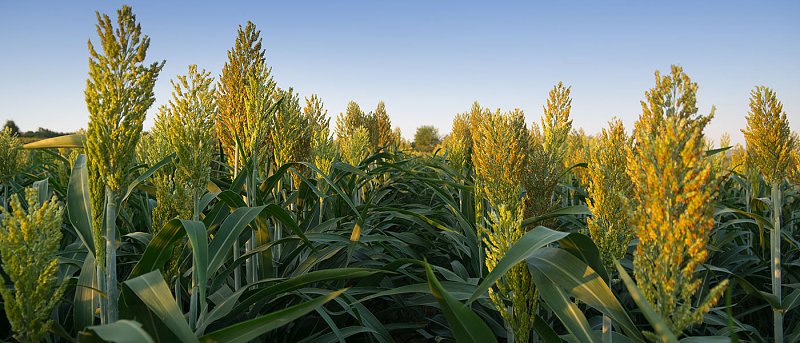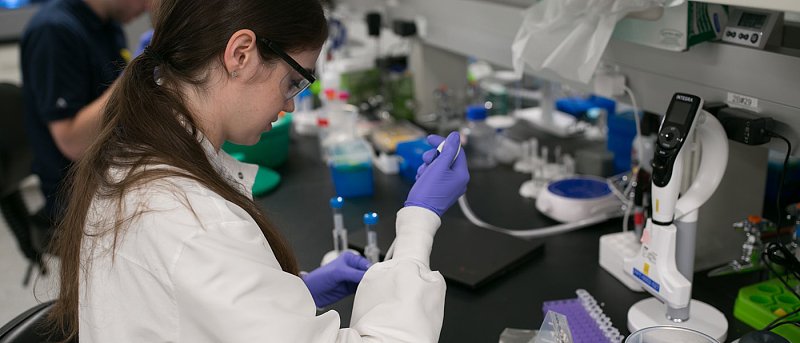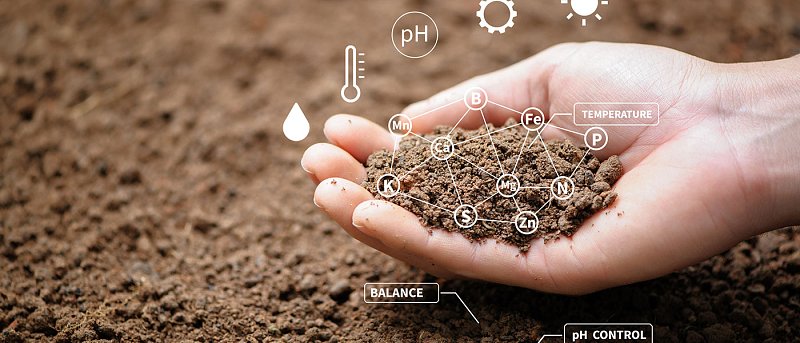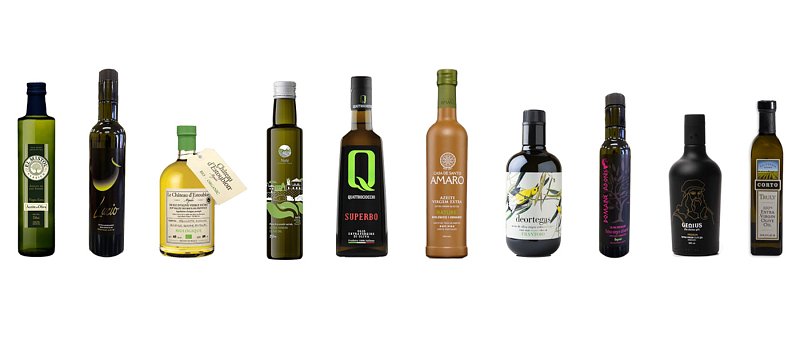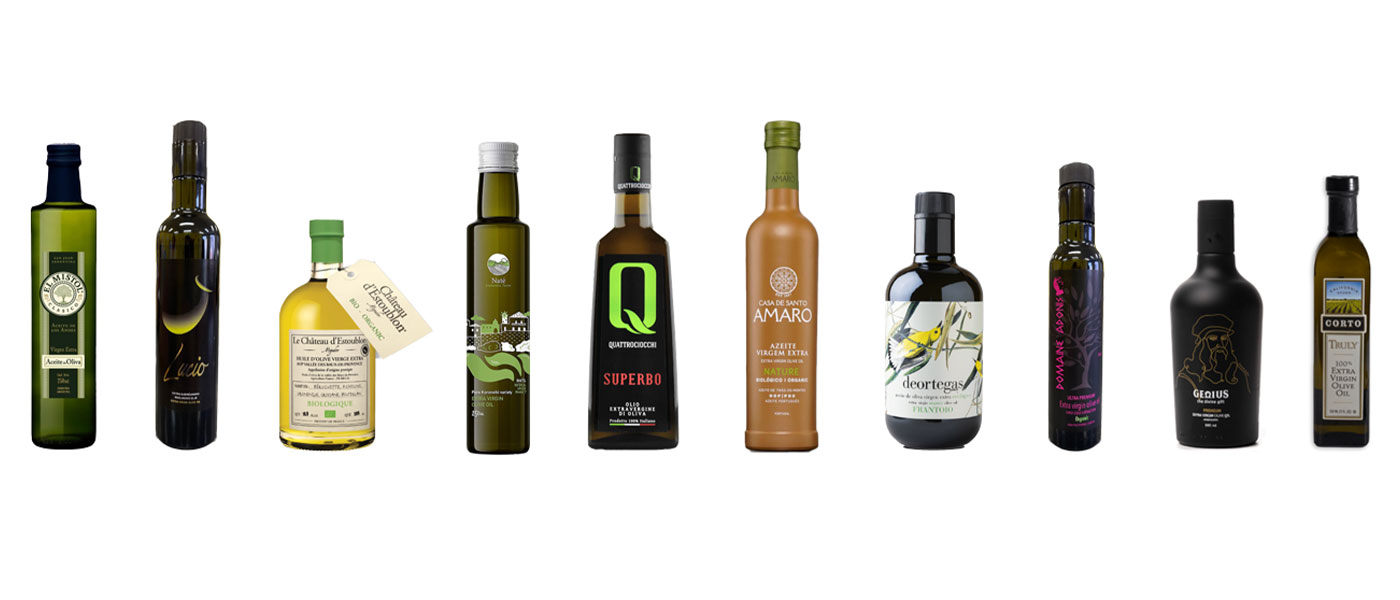Abstract
Efficiently controlling crop pests and pathogens is essential for securing agricultural production and quality of produce. Current crop protection practices rely heavily on the use of agrochemicals, but their constant use has come with a significant burden to the environment and has given rise to resistant pest and pathogen pollutions, thus limiting our ability to effectively control them. Therefore, new methods are needed to protect crops. RNAi interference (RNAi), or otherwise known as RNA silencing, has emerged during the last two decades as a new and powerful method to disease control. The RNAi technology exploits a natural biological process in eukaryotic cells that tunes down (“silences”) the expression of genes. By directing the molecules that trigger RNAi against essential genes in crop pests and pathogens, we can thus kill these organisms or hinder their ability to infect plants. RNAi is already exploited in therapeutic applications in humans and holds great promise in its use in agriculture as well.
Main body
2020 was declared by the Food and Agriculture Organization of the United Nations as the International Year of Plant Health. This was an educated and timely decision that intended to highlight the importance of crop protection in securing global food production.
Diseases caused by pests and pathogens cause a significant reduction in crop yields and quality of food produce, thus leading to substantial economic losses and further threatening global food security. It is estimated that up to 42% of the global food production can be lost every year to plant pests and diseases. At the individual crop level, losses to pests and pathogens in the world’s top five staple food crops can mound to 28% in wheat, 41% in rice, 41% in maize, 21% for potato, and 32% in soybean. Food spoilage caused by mycotoxins secreted by fungi in contaminated food and feed is another frequently overlooked factor that adds to the economic losses inflicted by fungal pathogens.
The use of agrochemicals has so far been central to crop protection and contributed significantly to the increase in crop yields. Due to their constant use, however, resistance to agrochemicals is nowadays widely spread among pests and pathogens. Most agrochemicals used in crop protection exert their toxic action by binding and inhibiting the function of vital enzymes and proteins in cells, thus killing the target pest. Cells may then acquire resistance to these chemicals by modifying the structure of the targeted enzymes and proteins, thus preventing the binding of the chemicals to them.
RNAi functions by interfering with the mechanism in the cells that produces enzymes and proteins in the first place. It thus has the potential to avoid many problems associated with conventional chemical pesticides, and offers new and complementary opportunities in disease control. The genetic information that make up all living organisms is contained within the DNA sequence of its genes. Genes control through their expression the organism’s function, by regulating what enzymes and proteins are produced at any given moment in a cell. RNAi ‘silences’ gene expression in cells, thus disrupting their ability to produce the enzymes or proteins that they enocode. RNAi can be used to silence the expression of a single or multiple genes at the same time and, depending on the function of these genes, their silencing may have detrimental consequences for the organisms or alter its characteristics.
The elucidation in the mid-1990s of the RNAi mechanism, was a turning-point to the exploitation of the RNAi technology in a wide array of biotechnological applications in agriculture and therapeutic treatments in humans. In crop science, the RNAi technology has been used to alter or improve the agronomic traits of several crops, including for example enhancing the nutrient content of tomatoes, wheat, canola, cotton, peanut, maize and sweet potato, reducing nicotine and caffeine levels in tobacco and coffee respectively, reducing allergenicity in peanuts and ryegrass, and inducing male sterility in crops such as tobacco, thus accelerating the production of hybrid seeds.
RNAi technology in crop protection has followed two main routes
RNAi has also created exciting new opportunities in plant disease control. Its application in crop protection has followed two main routes, depending on whether RNAi was deployed through the generation of transgenic plants that produce the molecules that induce silencing of the target genes in pests and pathogens, an approach generally referred to as Host-Induced Gene Silencing (HIGS), or through the external (i.e. topical) application of these molecules in the form of RNAi-biopesticides.
HIGS is so far the main approach by which the RNAi technology has been commercialized for use in crop protection and to date, it has been successfully used against various pests and pathogens, including aphids, nematodes, viruses, oomycetes and fungi, in crops such as wheat, barley, cotton and others. Several also transgenic plants with increased resistance to viruses or insects have been approved by regulatory organizations for commercial use and deployment in the fields. Some of the most prominent examples include the approval for planting in the US and Canada of transgenic maize with RNAi-based resistance against the western corn rootworm (WCR) Diabrotica virgifera, the commercialization of plums in the US with resistance against the plum pox virus (PPV), of beans in Brazil with resistance against bean golden mosaic virus (BGMV), of papaya in Hawaii against papaya ring spot virus (PRSV), of potatoes with transgenic resistance to potato leafroll virus (PLRV), and several others. However, despite its potential, HIGS is faced with many challenges, including difficulties in transforming many agronomically important plant species and public acceptance of transgenic plants.
The so-called “spray-induced gene silencing” (SIGS) has emerged over the last decade as a novel, non-transgenic disease control method
An alternative to the HIGS approach uses exogenous applications of the molecules that induce silencing of the target genes in pests and pathogens. The so-called “spray-induced gene silencing” (SIGS) has emerged over the last decade as a novel, non-transgenic disease control method, and several efforts are currently underway to produce RNAi-biopesticides that can be used as sprayable products or products for root drenching, seed treatments, trunk injections or baits. Although not commercialized yet, foliar applications of RNAi-inducing molecules have proven very successful in trials against several insect pests, including for example of the Colorado potato beetle Leptinotarsa decemlineata, the Asian citrus psyllid Diaphorina citri, the diamondback moth Plutella xylostella, and of several others. SIGS was also shown to successfully reduce infections by Botrytis cinerea on tomato and Fusarium graminearum on barley, indicating that the method can be used against fungi as well. However, despite its potential, a limitation in the adoption and marketability of SIGS in crop protection is the high cost for the production of the RNAi-inducing molecules and the low stability of these molecules in the environment. To overcome these limitations, a variety of synthetic materials that encapsulate and protect the RNAi-inducing molecules are currently under development. So-called ‘bioclay’ for example that is made of a double-layered hydroxide clay nanosheet, is shown to provide sufficient protection of the RNAi-inducing molecules and further enables their slower release, thus providing longer periods of protection.
Bacteria are thus turned into miniature “RNAi bombs” that can be applied against fungi
In the laboratory of Prof. Ioannis Stergiopoulos at the University of California Davis, researchers have recently experimented with using non-pathogenic bacteria as vectors for producing and delivering RNAi-inducing molecules to fungi. The bacteria were first genetically engineered to produce within their cells the molecules that trigger silencing of the target genes in fungi. To release these molecules from the cells, the bacteria were further genetically engineered to autolyze under conditions defined by the user. Bacteria are thus turned into miniature “RNAi bombs” that can be applied against fungi. The method was successfully used to limit the growth of B. cinerea on plants and the production of the highly carcinogenic mycotoxin aflatoxin by Aspergillus flavus. Variations of this method have also been used successfully in the past by other researchers against insects, nematodes, and mammalian cells, indicating that bacterial-mediated delivery of RNAi can be turned into an effective tool in crop protection.
Conclusions
2018 marked a turning point in the use of RNAi technology, as the first RNAi-based drug was approved by the US Food and Drug Administration (FDA) for commercial use in medicine. Since then, three more drugs have received approval, thus unlocking the use of the RNAi technology in human therapeutics. RNAi-based technologies hold a great promise for their successful use in agriculture as well. Whether for crop trait improvement or for protecting crops against pests and pathogens, RNAi may prove key to securing global food production. Although all currently marketed RNAi-based products are genetically modified ones, this will likely soon change with the development of RNAi-biospesticides. Several of the leading agricultural companies as well as smaller start-up companies are in the process of developing such RNAi-biopsesticies against plant pests, and the first products could become commercially available in just a few years from now. Such products could be tailored against only a specific pest or pathogen, or against a wider range of harmful to plants organisms. RNAi-biopesticides could also help reduce chemical inputs in agriculture and may prove key to controlling resistant to agrochemicals pests and pathogens. Although still in the early phases of its development, the RNAi technology could provide farmers with the tools needed to meet the challenges of the 21st century agriculture.






